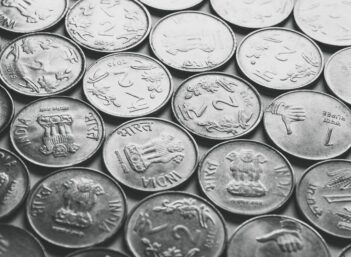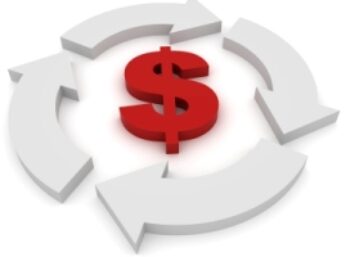What is Safekeeping?
Safekeeping is a term describing a financial institution's responsibility to keep clients' assets in a safe area.
How Does Safekeeping Work?
Let's say John Doe deposits $4,000 into his savings account at Bank XYZ. Bank XYZ has an obligation to keep John's $4,000 separate and apart from its own accounts that it uses to pay the bank employees and other expenses.
Similarly, John Doe's brokerage firm has a responsibility to keep the money in his account separate from the brokerage firm's own cash and house accounts.
Why Does Safekeeping Matter?
One of the fundamental purposes of the entire banking industry is safekeeping. That is, they provide people with a safe place to keep their money until they need it.
A safekeeping certificate is a document that proves that a person owns a security or a CD. American Depository Receipts (ADRs) are some of the most common forms of safekeeping certificates. Issued by U.S. banks, American Depository Receipts (ADRs) are certificates that represent shares of a foreign stock owned by the issuing bank. The foreign shares are usually held in custody overseas, but the certificates trade in the U.S. Through this system, a large number of foreign-based companies are actively traded on one of the three major U.S. equity markets (the NYSE, AMEX or Nasdaq).



